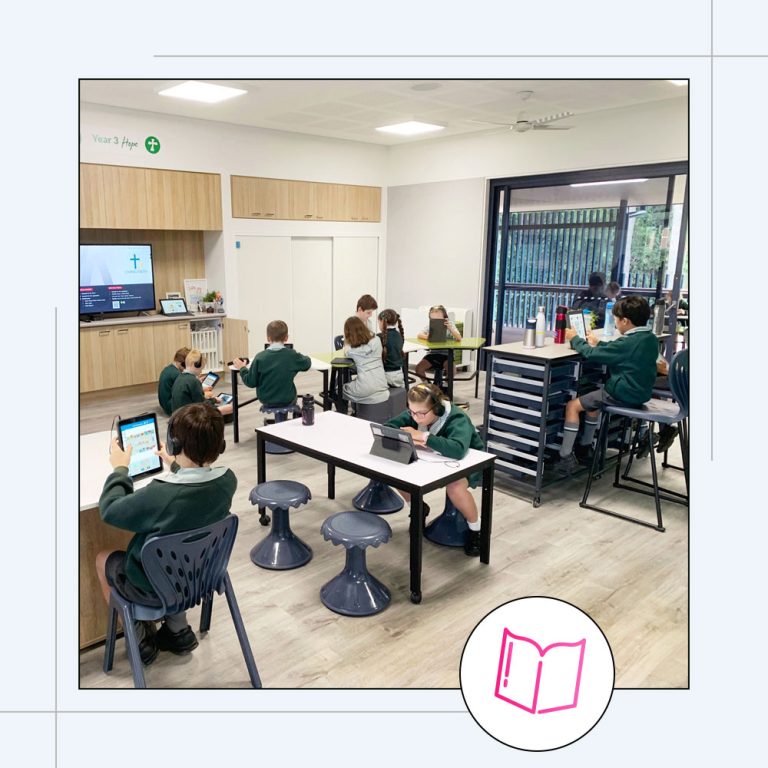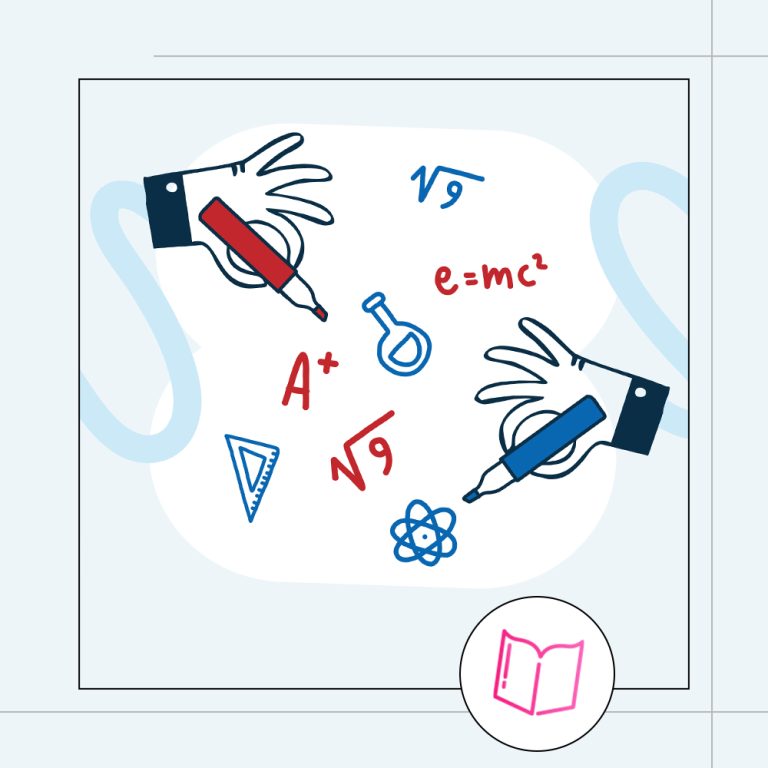I love working with kids and providing support for those with special needs. The magic of childhood is that it’s the main time in life where we treat play and leisure as a priority, acknowledging that this is the highest form of learning. Schools often recognise this, and I have had the privilege of working in many schools where they have maintained that vision.
The Education Department does a great job at supporting children with special needs in mainstream or special schools, however the nature of the current curriculum and the pressure on teachers in the modern classroom often make it difficult for schools to adequately adapt and differentiate for a child with special needs.

I started working in schools as a new graduate Occupational Therapist. I always knew I wanted to work in paediatrics, but the school focus came in my first job, as the private practice I worked in was regularly servicing schools in our local area.
As an Occupational Therapist, our job is to support people to engage with ‘occupations’ of daily life. Most people think of an occupation being a job, as in paid employment. However, we OTs consider occupations to be any activity or practice that is meaningful and important to the individual and their development.
For children, in modern day society, participating in formal learning situations is a critical occupation. The role of an OT in a school is to support children with additional needs, using either remedial or compensatory interventions, to enable them to access both the formal learning (i.e. classwork) and informal learning opportunities (i.e. playground social situations) that school offers. In essence, we aim to remove the barriers to school participation for those very special children and enable them to make the most out of their school experience.

Occupational Therapy is where developmental/health science and education interface. I am commonly engaged by a school when teachers have been assigned children with individual additional needs in their class and have done all they can but need specialist advice.
Recently I visited a school where a prep teacher had shared with me that a certain child named Blake (name changed) was having trouble sitting still on the mat. Blake tended to lean on people, roll around and appear inattentive and impulsive during mat time. She had tried several different strategies to keep him engaged, such as moving him to the front of the group, giving him a sensory tool to fidget with, sitting him on a wobble cushion, etc. She had also tried a range of behaviour management techniques, as he was irritating the students around him by getting in their personal space, however it was to no avail. She was at her wits end and had considered referring him for an ADHD assessment.
I spent some time observing Blake in the classroom, and I noted that he tended to sit with a hunched spine, and most of the time when sitting on the mat, he was sitting in postured positions that seemed to try to take pressure off his core (e.g. sitting in a w-leg position, or side sitting with his arm to prop him up). I also noticed that when he sat at the desk, he liked to jam himself between the seat and the table quite tightly, and even then his upper spine and neck tended to hunch over his work he still seemed to have some lateral postural sway.
The next step was to do some physical assessment with Blake. It became apparent that Blake tended to have low muscle tone and also some joint hypermobility. Difficulty with core stability is a common issue with kids who present this way, as their postural muscles tend to struggle to maintain the activation to remain upright in a static position for too long. I hypothesised that his difficulty remaining still and attentive could be that his core and postural muscles are fatiguing, and he was probably using 90% of his attention span just staying upright, leaving not much attention span left for learning.

I suggested to his teacher that we make an adjustment to his seating situation.
- When we want him to focus and maintain his attention, we take the pressure off his core by sitting him in a beanbag, or supportive student chair with both back and side support, or at least sit him up against some stable furniture. Previously where his teacher had been using strategies such as a wobble cushion, not realising that the wobble cushion makes his core more unstable, which was probably making things worse for focused time.
- During times where focus is not as essential (e.g. free time or games) we sit him on a wobble cushion, wobble stool, or get him to use a standing desk, as these will help activate his core and strengthen those muscles in a dynamic way.
- When sitting at a desk, we also incorporated the use of a wedge cushion to tilt his pelvis forward, creating a more neutral lumbar spine position. A well-fitted student chair was chosen that would accommodate the wedge cushion. We also put a slope board on the desk to raise his work to an angle which would encourage him to keep his shoulders and neck straight.
The teacher was excited to trial these adaptions for Blake and I offered to come back to see how it was going.
A couple of weeks later I headed back. The teacher noted significant improvements in keeping Blake engaged in class, he had even earned an award for attentive listening the week before.
When I spoke to Blake, he said he felt much more comfortable in class, particularly enjoying the wedge cushion that he liked to take with him to specialist classes and assembly.
Although Blake still needed some prompting from the teacher as to what seat he should use for any given activity, she noted that her ADHD concerns were gone, and she felt like the issue had been almost completely resolved. Since our conversation, she also noted a few other kids who she suspected might have a similar issue and had applied similar intervention to them with furnishings the school already had and had a great response.
Not all OT intervention in a school is as easy as this case. For many children, particularly those touched by disability or developmental delays, strategies may need to be reviewed or refined many times to find something that works. A lot of patience is required by parents, teachers and school support staff while we find strategies that work for each child. The close working relationship between teachers and OTs is essential for finding ways to differentiate for children with special needs to ensure these kids can show us what they can really do in a classroom. Teachers also routinely benefit from understanding the developmental science behind what we do, as education and child-development will always occur concurrently, and will always have a complementary relationship.
Occupational Therapy as a profession, look forward to a time when a good OT in a school is as commonplace as the Guidance Officer or Learning Support Staff. Until that time, OTs will continue to visit schools to provide support as often as we can to support these special children.















